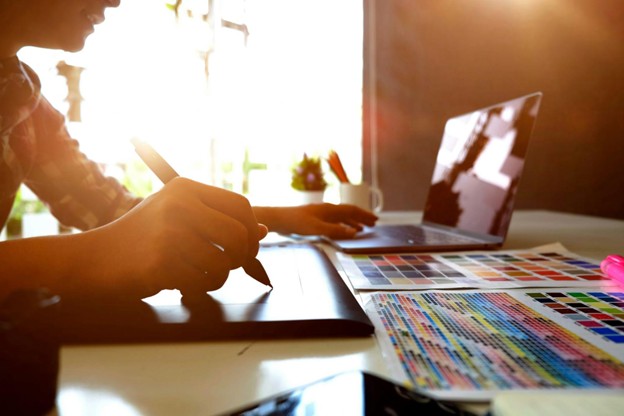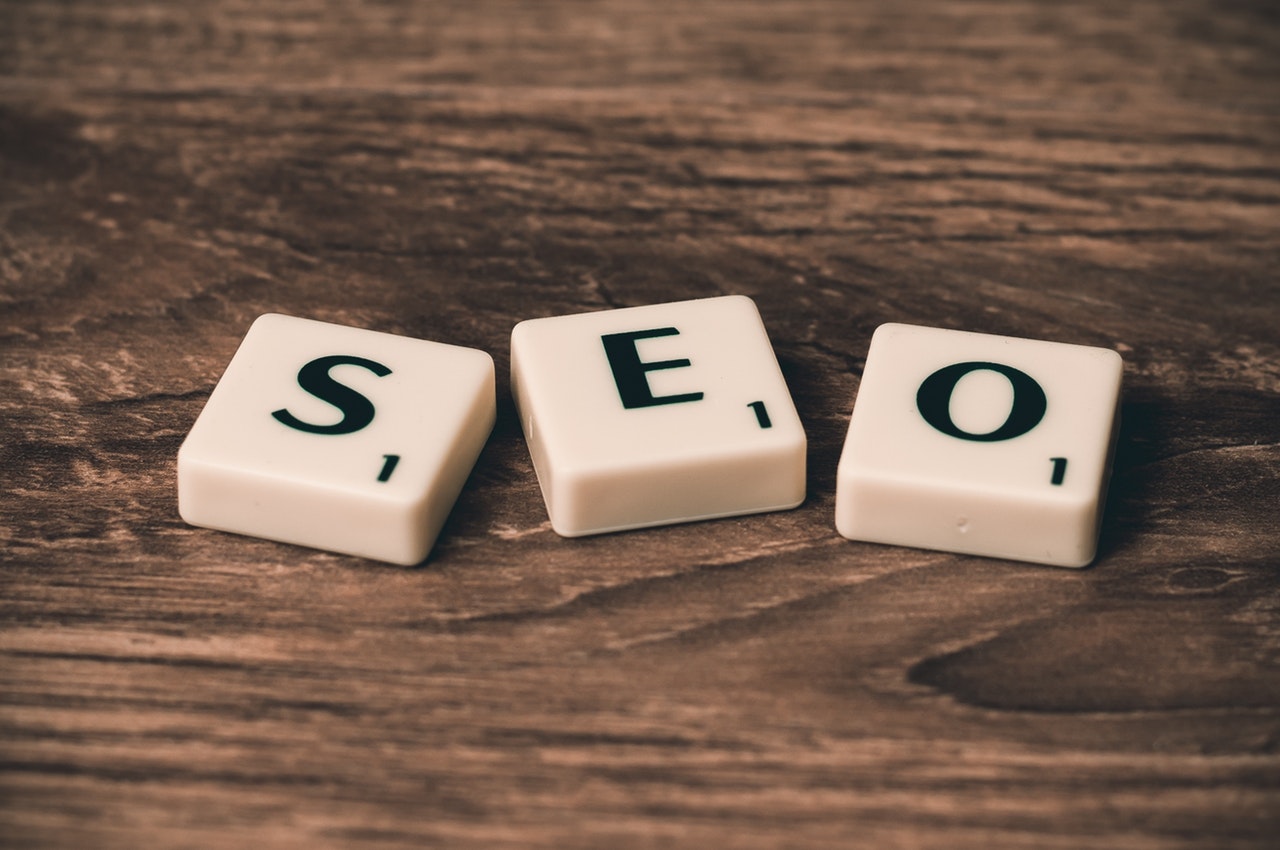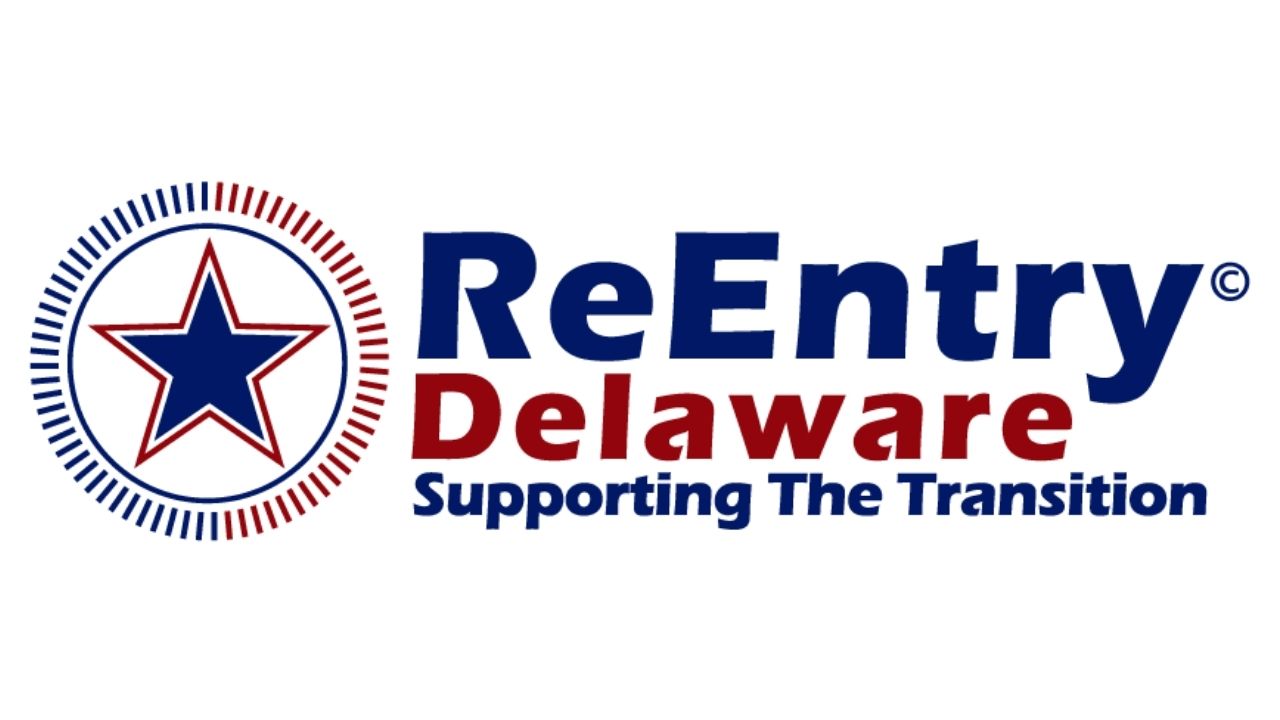Graphic design in 2025 is defined by impact rather than aesthetics alone. Noam Lamdan, a seasoned graphic design expert, has built a career exceeding expectations and communicating purpose in every design. In today’s landscape, projects are judged on clarity, responsibility, and purpose, with technology, sustainability, and social relevance shaping decisions.
Artificial intelligence, augmented reality, and data tools act as partners in creating adaptive, personalized experiences. Sustainability informs processes and materials, while design increasingly addresses community needs and ethical considerations. Visual polish remains important, but design now functions as a strategic discipline. It establishes a direct link between appearance and meaning, moving from surface decoration to purposeful communication across platforms, ensuring every element serves both functional and societal goals.
Key Graphic Design Trends in 2025
In 2025, clear visual trends reflect deep changes in both tools and expectations. These shifts shape every part of the field, from daily tasks to award-winning campaigns.
Artificial intelligence reshapes how images, type, and layouts appear overnight. Generative AI turns out visuals in minutes instead of days, drawing on huge data sets to suggest colors, shapes, and compositions. Designers use this speed for mood boards, logos, and even ad campaigns. Responsibility comes with these new powers.
“Creative firms rely on sets of clear rules for ethical use to avoid deepfakes, biased results, or copyright confusion,” says Noam Lamdan. “While automation handles the heavy lifting for many low-level visuals, human insight will always be essential for headline projects and strategy. The best results come when software and creative talent work together in context, with the human touch driving the message and story.”
Few trends change studio workflows as much as the move toward sustainability. In 2025, brands want reduced waste and a smaller carbon footprint. Designers research green inks, alternatives to plastic, and packaging that degrades safely.
Some labels opt for limited-color prints that use less water. Others select local or recycled materials. Carbon-aware branding now checks each stage, from file prep to final delivery, for efficiency and resource use. These shifts affect materials as well as style. Natural colors and simple shapes now often signal an earth-first brand. From small startups to global names, eco-friendly design sends a clear message of care for both the buyer and planet.
Augmented reality no longer feels like a novelty on a phone. In 2025, AR and subtle animation shape stories on mobile screens and wearables. Brands launch virtual try-ons, spatial guides, or real-time tutorials that let users see products in their own space or change colors with a tap.
Motion graphics attract attention in crowded apps. A recent case saw a sports brand add AR to promo posters, creating 3D models customers could move around. This boost led to higher recall and a jump in digital sales, showing the power of interactive visuals. For the crowd raised on mobile devices, movement and immersion make lasting impressions.
Purpose‑Driven Design Approaches
Designers tie every piece of work to values, goals, and wider impact. Brands rely on audience data to sell but also to connect. Designers track how people respond, then adjust themes, colors, or even layouts in real time.
A sportswear brand, for example, may use engagement rates to guide which athlete stories or color schemes they show during a campaign. By reading sentiment, designers learn which visuals boost brand loyalty. Every design choice takes on deeper meaning, tied to hard numbers and real feedback.
Standards now demand clear, easy-to-read visuals for all users. Guidelines for color contrast stop text from blending into backgrounds. Fonts stay large enough for seniors and kids to read with ease. Images reflect different ages, cultures, and body types.
The Web Content Accessibility Guidelines (WCAG) now guide digital work, pushing for layouts that everyone can use regardless of ability. Brands see a wider audience and avoid negative feedback when they stick to these basics. Accessibility shapes every step of the creative process, raising the bar for quality and care.
“Designers take on projects that give back in visible ways,” notes Lamdan. “This could mean campaigns for local food drives, graphics supporting public health, or event posters driving voter turnout.”
These projects show results in numbers, a poster that doubles sign-ups, a graphic that raises donations, or a social post that recruits new volunteers. Brands use clear metrics to track value beyond profit. This kind of design builds trust and opens new paths for creative work tied to real-world change.
Tools, Skills, and Career Paths
New demands in design spur changes in both the tools artists use and the ways they grow their careers. Creative software now blends classic editing tools with AI help. Platforms like Adobe Creative Cloud, Canva Pro, and Figma enable rapid image creation, auto-layout, and instant font matching. AI suggests edits, while cloud sharing lets teams leave comments or roll back to old versions.
Remote teams depend on these tools for speed and clarity. Ease of collaboration and strong version control let even large groups keep projects on track. With design cycles moving quickly, such software enables both detailed work and sweeping team reviews from anywhere.
Studios now seek designers with a balanced mix of problem-solving skills, visual story sense, and comfort with basic analytics. The best candidates understand environmental impact, keep up with accessibility trends, and control creative tools at speed.
Communicating ideas with clear visuals remains at the heart of good design. Employers put a premium on those who can show results—higher clicks, positive brand mentions, or improved usability. Sustainability knowledge and data analysis now sit alongside Photoshop and Illustrator in wanted skill sets.
“Many designers are building solo careers in 2025, finding steady work through niche sites, talent communities, or creative marketplaces,” says Lamdan.
Cloud tools keep remote teams linked, letting clients give feedback on layouts or request quick changes. Platforms like Upwork, Dribbble, and 99designs match jobs with talent around the world. Remote collaboration removes location as a barrier; a freelance artist in one country can lead a project for a global brand.
The mix of solo gigs and project teams reshapes old job models, offering both flexibility and reach. The year 2025 marks a clear move from pure visuals to design with intent. Every trend, from AI image creation to accessible layouts, connects to a deeper purpose, serving brands, supporting communities, or shrinking waste.
New tools and clear standards push the field toward results that matter for both people and the planet. For those seeking to grow in this field, the message is clear. Start by aligning every project with a real goal, then build skills around both tech and strategy.
The trajectory of graphic design suggests an increasingly strategic role within business and culture. Emerging tools will continue to accelerate production, but the emphasis will rest on how effectively designers connect innovation with accountability.
Sustainability, accessibility, and measurable impact are likely to become non-negotiable standards, while global collaboration will expand opportunities for both studios and independent talent. The future of the field points toward design as a decisive driver of trust, relevance, and value in a rapidly shifting marketplace.




